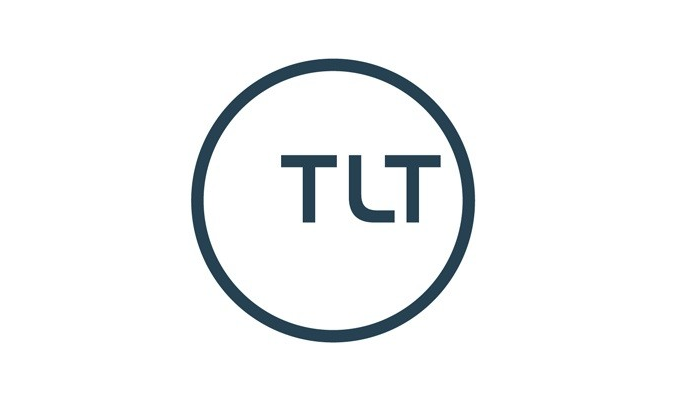Commentary
Considering fluctuations options
I think it is fair to say that we are all aware of the increasing costs and shortage in the supply of goods and materials, writes Jahanara Hussain of TLT.
It’s often one of the first discussions I have when instructed to advise on construction procurement.
Until recent years, the JCT fluctuations options have not really been examined, with parties agreeing that they would not apply. In fact, JCT no longer even include the text of options B and C in its contracts, with these instead being available on JCT’s website.
What are fluctuations options?
Times have changed and there is now an increased risk of inflation and price fluctuations during the course of a project, with all parties being concerned about issues with the supply chain. This means that the fluctuations options have come into their own with contractors and sub-contractors now, as a matter of course, asking for them to be considered.
There are three fluctuations options in JCT:
- Option A: Allows for adjustments to the contract sum to reflect changes after a specified date (the base date) to levies, tax and contributions that the contractor is required to pay. For example, if the amount of tax due on an imported good was to change.
- Option B: Allows for adjustments to the contract sum to reflect changes after the base date to the cost of labour, transport, materials and tax. For example, if the standard labour rates (as decided by the Construction Industry Joint Council or other wage-fixing body) and/or the market price of materials, goods, electricity, fuels etc were to change.
- Option C: Allows for adjustments to the contract sum in accordance with the JCT Formula Rules which are current at the base date. The JCT Formula Rules 2016 is a lengthy document which sets out various formulas that may be used for different work categories and also sets outs which amounts would not be subject to adjustment.
Parties are, of course, free to agree a different way to treat fluctuations, including bespoke wording or amending one of the above options to suit. However, any amendments or bespoke provisions need to be carefully considered.
The three options allow the contract sum to stay the same, go down and go up. However, with the construction market being as it is, costs are unlikely to stay the same or go down. As construction contracts are all about risk – who takes that risk and the cost of that risk – you can expect JCT contracts discussions around fluctuations options will become more prevalent.
There is no definitive answer as to how fluctuations should now be dealt with as that depends on the parties – including third parties such as funders – and the project itself. However, what is important is that a discussion around the fluctuations options should be discussed by all involved, with everyone properly considering the risk.
- Jahanara Hussain is a partner at law firm TLT





